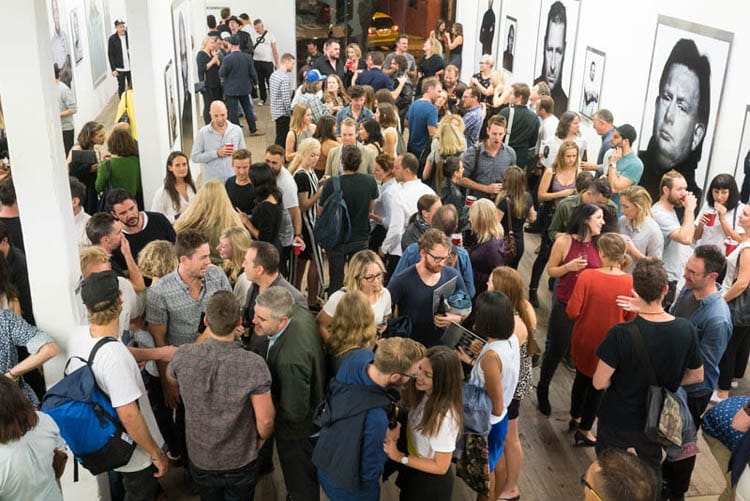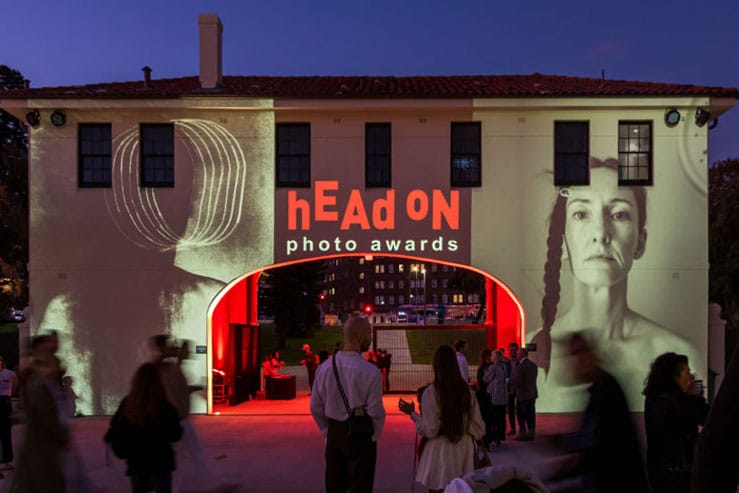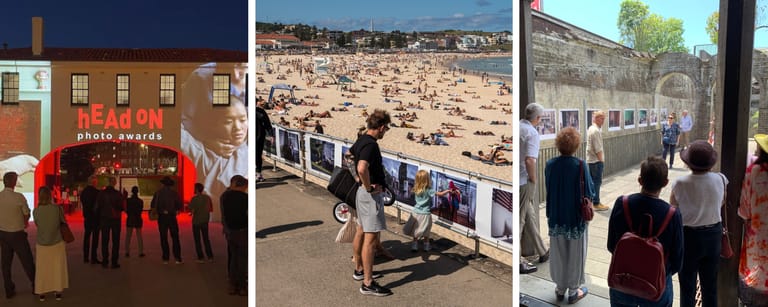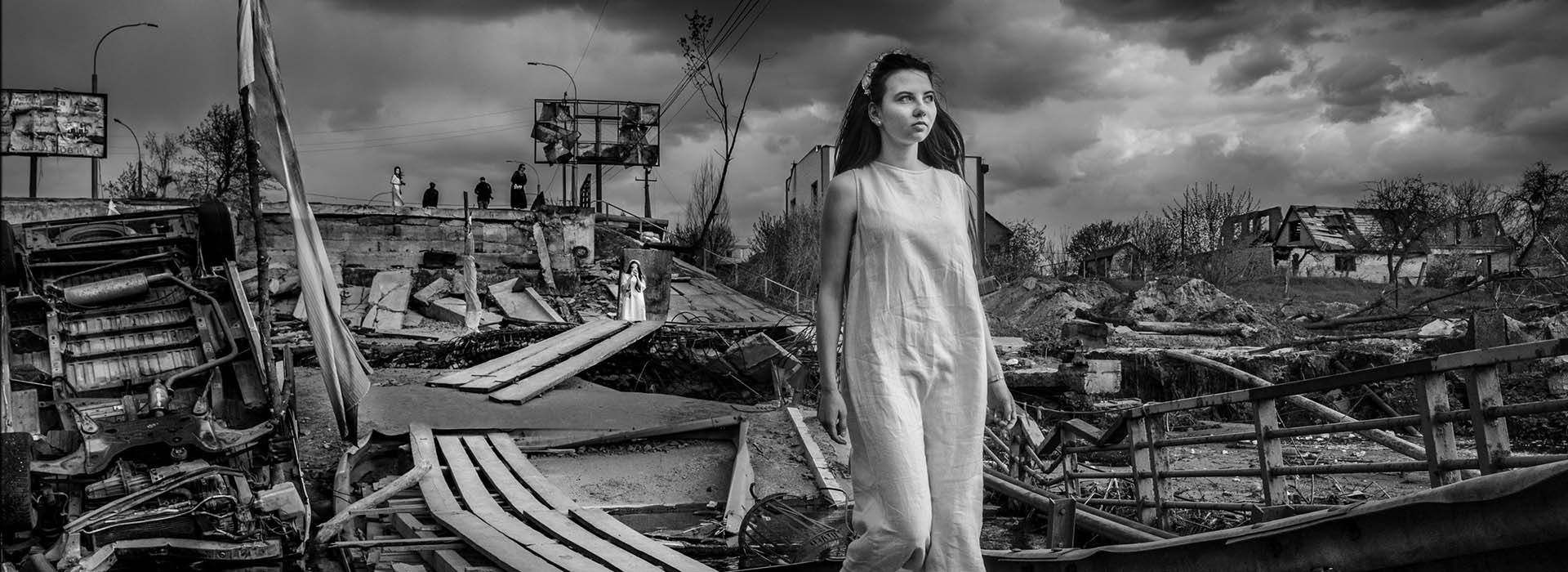Stories from the Wayside
According to Pastor and CEO Graham Long the Wayside Chapel in Kings Cross is one of the most photographed places in Sydney. Alongside its work providing community service to Sydney’s homeless and disadvantaged, Wayside has also been the object of thousands of studies, features and documentaries. Stories from the Wayside combines photography with Graham’s weekly email stories to celebrate the chapel, the people who work within its walls and the visitors for whom the Wayside is a welcome support system. Andrew Henderson (book creator/designer/producer), Graham Long and Gary Heery (photographer) talk about the experience of making the book.
 How did Wayside visitors respond to having cameras around?
How did Wayside visitors respond to having cameras around?
Graham Long: Cameras are a feature of life at Wayside. We are most careful however to control cameras to protect people’s privacy. Many people do not want to be photographed. Some street people think that photographers are to street people what fleas are to dogs. For this project we took trouble to explain the concept of the book and were careful to obtain written and informed consent from every person who participated in the project. The positive reaction of street people to the book is evidence of our success. We are selling the book at half price to street people and there a plenty who want it.
How did you choose the photographers involved?
Andrew Henderson: I have had a 25 year career in advertising working with some of the best photographers here and around the world. As an art director and designer, I have built lasting and very strong creative relationships with many. Gary Heery, Paul Westlake, Grant Matthews and Hugh Stewart are the four I respect most. Each of them have a huge wealth of different experience – from fine art photography, to portraiture, still life and fashion. They are highly regarded here and around the world and we are very honoured to have them embrace Wayside and the book with such generosity and love. In addition to shooting their own pictures, our four professionals mentored a group of Wayside Visitors who became our Wayside Photographers. Each were given cameras and through a series of practical workshops we explored the many principles of photography. Composing shots, telling stories, observing and recording the world around. The results were beautiful and our Wayside Photographers inadvertently taught each of us another way to observe the world! Many of these pictures are a part of the book.
What were you looking for in a photographer?
Andrew: The amazing thing about each of the photographers is their ability to connect to people or place. To disarm the subject through the prism of the camera, to see the person beyond the persona. While each of the four approached the task completely differently, the end result was always emotive, insightful and beautiful. We asked each of them to capture the beauty – but to also respond as they saw fit. Great photographers make it look easy, but this is far from the truth and Gary, Paul, Grant and Hugh have recorded a moment in time that will become an important social document.
 Gary, you had a (reasonably open) brief to capture images that showed the beauty and dignity of people. How did you approach that?
Gary, you had a (reasonably open) brief to capture images that showed the beauty and dignity of people. How did you approach that?
Gary Heery: Four photographers were asked to join the project and we could virtually choose to do whatever we wanted to stylistically. I was the first to shoot and start off the whole thing. I have a light tent and I set it up outside the Wayside Chapel. We photographed on 3-4 different occasions. What was fantastic about it was that they all got quite excited. They were lining up to get photographed. That’s why I got this great spontaneity. Also I was really quite amazed by how few frames I took. I’ve been a portrait photographer all my life but these people off the street were able to make fantastic and positive contact with the camera very, very quickly. They just gave it to me. I can’t really explain why.
What are some of your favourite shots and why?
Graham Long: I love most of the shots but I would think that my favourite would be that of the man in the first few pages (featured top). It is the same photo that has been used on many of the bus shelter advertisements and promotion. I like it because that man would normally be seen by the public as a lost cause. He is normally seen as a urine soaked man on the footpath, swearing at no one in particular. If you look at the portrait, you can’t help but see the human being there. There is character, beauty and dignity in that face. In some ways, that one photo summarises so much of who we are and what we do.
Gary Heery: I think the first image of the guy with his arm up is my favourite too. It’s a powerful image. I had to do a bit of coaxing to get him into the tent. Some of them were lining up but I’d walk over and invite people too. I think they felt very comfortable as a group because they weren’t isolated. I’m not a “favourites” guy. I’m very proud of the series I did. I’m not looking always for the single image. That’s why I like doing books.
Any particular strategies you used?
Gary Heery: You’d have to watch me shoot. It’s a personality thing, a really tough thing to articulate. I’m a very big, noisy thing in front of you when I’m shooting and I use lots of techniques — whatever will get me across the line to get a good photo I will use.
Stories from the Wayside is available at bookshops and through the Wayside Chapel website.













